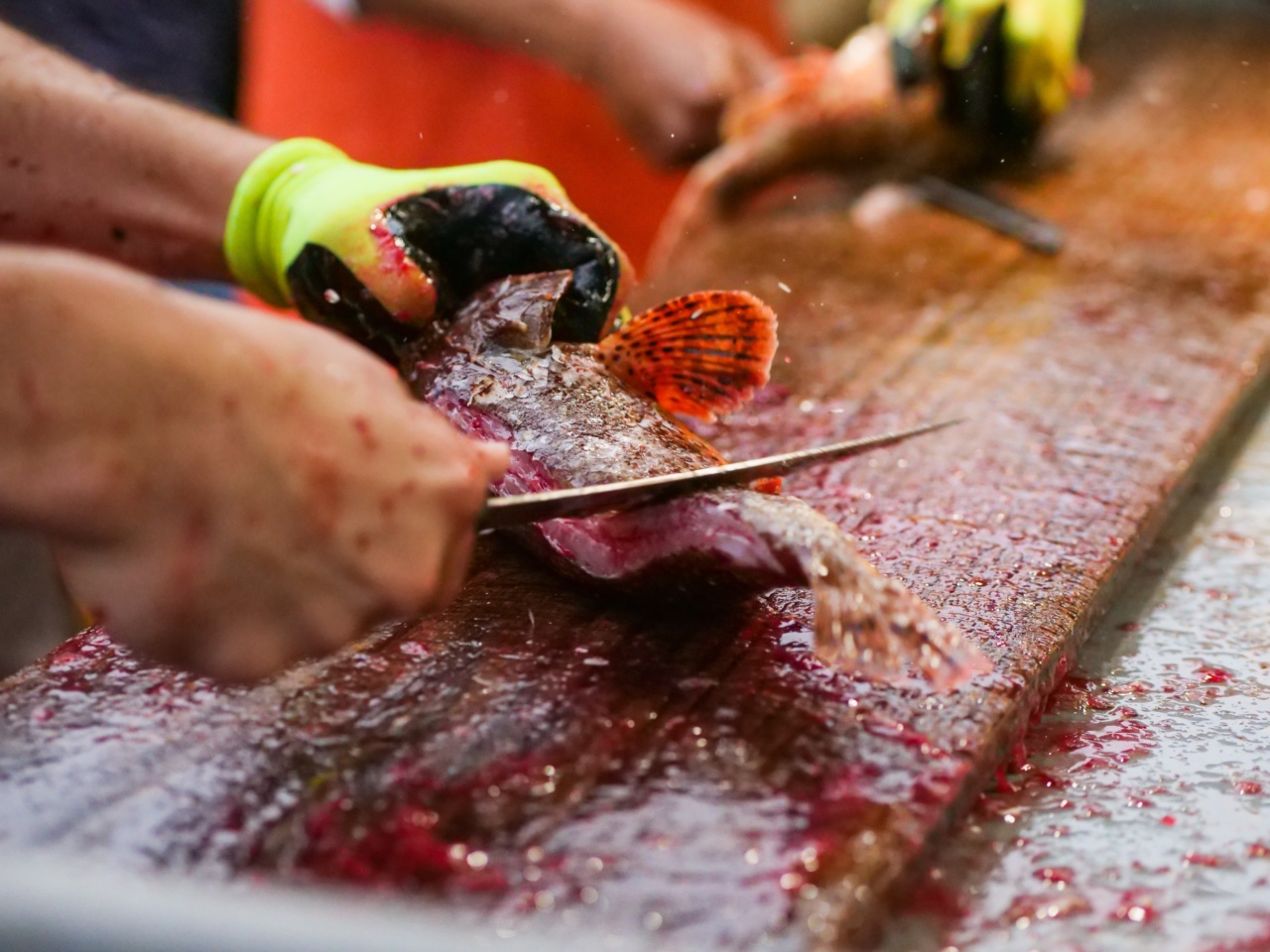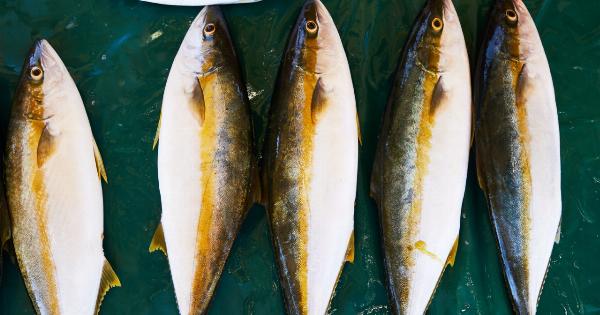Seafood is a beloved delicacy enjoyed by people all over the world. Whether it’s fish, shrimp, crabs, or other types of shellfish, seafood is not only delicious but also packed with essential nutrients.
However, when it comes to cleaning seafood, there are some best practices that need to be followed to ensure its safety and maintain its quality. In this article, we will explore the top tips for cleaning seafood effectively.
1. Choose Fresh Seafood
The first step to cleaning seafood begins at the store or fish market. Always choose fresh seafood with bright eyes, shiny scales, and a pleasant smell. Avoid any seafood that has a strong fishy odor or appears slimy as this indicates spoilage.
2. Keep Seafood Cold
Once you’ve purchased seafood, it’s essential to keep it cold to prevent bacterial growth. Store seafood in a plastic bag or container and place it in the coldest part of your refrigerator.
If you’re not planning to cook the seafood immediately, consider placing it on ice to maintain freshness.
3. Prepare the Workspace
Before you start cleaning seafood, ensure that your workspace is clean and sanitized. Use a cutting board designated for seafood and wash it thoroughly with hot, soapy water after each use.
This prevents cross-contamination and reduces the risk of foodborne illnesses.
4. Gather the Tools
Having the right tools for cleaning seafood is crucial. Some essential tools include a sharp knife, a seafood scaler, kitchen shears, and a vegetable brush. These tools will make the process easier and more efficient.
5. Removing Scales
For fish with scales, start by holding the fish firmly by its tail. Use a seafood scaler or the backside of a knife to scrape off the scales in quick, downward motions. Rinse the fish under cold water to remove any loose scales.
6. Gutting the Fish
Gutting a fish involves removing its internal organs. Begin by making a shallow incision along the belly, from the opening near the head to the vent near the tail. Carefully remove the innards using your hands or a spoon.
Rinse the fish under cold water to remove any remaining debris.
7. Cleaning Shellfish
Shellfish like shrimp, crab, and lobster require slightly different cleaning methods. Start by rinsing them under cold water to remove any surface dirt or sand. Use kitchen shears to remove the legs and claws and to crack open the shells if desired.
Check for any signs of damage or decay and discard any shellfish that seem spoiled.
8. Deveining Shrimp
Shrimp often have a vein running down their back, which is actually their digestive tract. To remove it, make a shallow incision along the back of the shrimp and use a small knife or the tip of a vegetable brush to lift out the vein.
Rinse the shrimp under cold water to clean out any remaining debris.
9. Scrubbing Mussels and Clams
Mussels and clams should be soaked in saltwater for about 20 minutes to help remove any sand or grit trapped in their shells. Scrub the shells gently with a vegetable brush to eliminate any remaining dirt.
Discard any shellfish that remain open after tapping them, as they may be dead and unsafe to eat.
10. Final Rinse
After cleaning seafood, give it a final rinse under cold, running water to ensure all dirt, debris, and cleaning residue are removed. Pat the seafood dry with paper towels before cooking or storing it.
Conclusion
Cleaning seafood properly is essential to maintain its flavor, quality, and safety. By following these best practices, you can ensure that the seafood you prepare is fresh, free from contaminants, and ready to be cooked into delicious meals.































